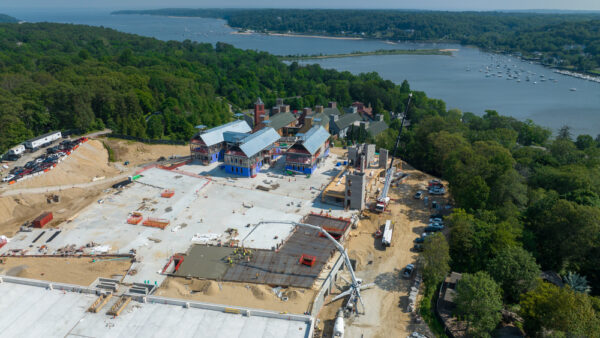Scientists from the Femto-ST Institute in Besançon in southeast France have used an electron microscope to build a house with a floor area of 9 millionths of a square millimetre.
It was assembled on an optical fibre within a vacuum tube. The aim was to demonstrate how a tiny, highly manoeuvrable robot armed with a dual beam-scanning electron microscope and a focused ion beam projector was able to cut, etch, fold, assemble, and then weld together silica membranes.
The technique, which is known to nanoscientists as “origami”, shows that it is possible to build astonishingly small structures using beams of ions or electrons.
“For the first time we were able to realise patterning and assembly with less than 2 nanometres of accuracy, which is a very important result for the robotics and optical community,” said Jean-Yves Rauch, one of the researchers.
Their paper is published in Journal of Vacuum Science & Technology A.
These techniques are likely to have applications in medicine and advanced engineering. For example, a nanosensor could be built on an optical fibre the thickness of a human hair and inserted into a tissue to look for viruses or measure radiation levels.
The effect of the beam on the material depends on how much electricity is used to create it. At high power – up to 20 billionths of an amp – the beam etches the crystals, metals or polymers; at medium power, less than 100 trillionths of an amp, it folds them, and at low powers, around 5 trillionths of an amp, a beam of ions from the metallic element gallium can weld structures together.
Image: At this scale, bacteria would be about the size of a domestic cat (Femto-ST Institute)






